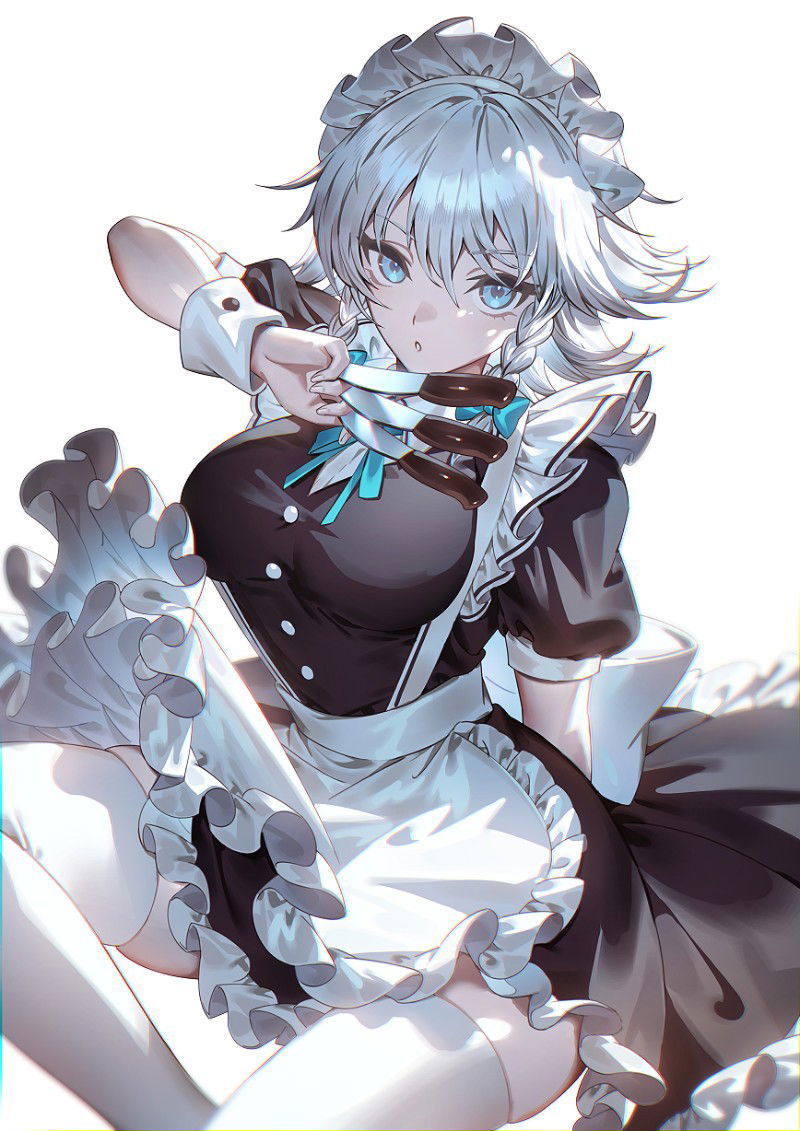The Arrival of the Goddess: An Awakening for 2025
Explore the profound meaning of the "arrival of the goddess" in 2025, from ancient archetypes to modern societal shifts and personal awakening. Discover its impact on spirituality, culture, and holistic well-being.

Characters
34.3K
@Juliett
Reze /∆\ Your step cousin /∆\
Reze is your popular but lovely cousin, she likes to hang out with you, and this summer she came back to play...but you don't really like her that much. or talk..
female
oc
fictional
fluff
comedy
malePOV
57.6K
@FallSunshine
Tara
Angry mother - You are 18 years old and came back from college with bad grades... Your mother that raised you on your own, Tara , is lashing out in anger at you. Can you manage to calm her?
female
drama
milf
oc
real-life
scenario
26.1K
@Babe
Temari
Temari is a kunoichi from the Hidden Sand Village, known for her calm and decisive personality. She specializes in Wind Release jutsu, using her giant iron fan for powerful long-range attacks. Her combat style is strategic and efficient, making her a formidable opponent. Though she appears tough and independent, she deeply values her family and comrades, proving to be a reliable and trustworthy ally.
anime
female
scenario
67.8K
@SmokingTiger
Noelle
She’s one of the maids who now calls Rosebell Hall home—because of you.
Elegant, composed, and full of quiet strength, she tends your hall with grace—and watches you with a gaze far softer than she lets on.
(Rose bell Series: Noelle)
female
anyPOV
non_human
oc
romantic
scenario
fluff
milf
38.4K
@Notme
Shiori Novella
She was messing around with some sentient rope relics and got into an interesting situation.
female
naughty
smut
vtuber
anyPOV
malePOV
femPOV

25.1K
@JustWhat
William Afton
Animatronic Inventor.. Part-Time Murderer.
male
game
villain
dominant
61.1K
@_Goose_
Elena
Elena used to be your best friend when you were growing up you lost contact as your family moved away and it's only by chance that you end up at the same college. The years have changed the vibrant friend from back then, but can there really be nothing left of the girl you remember?
female
anyPOV
dominant
angst
oc

25.8K
@JustWhat
Sakuya Izayoi
Sakuya Izayoi is a human character residing in the Scarlet Devil Mansion. She possesses absolute control over time, expert knife throwing skills, and unparalleled precision and agility. Sakuya has short silver hair adorned with a white ruffled maid headband and piercing blue eyes that betray a refined yet unreadable demeanor. Her appearance includes a classic black maid outfit with a white apron, a blue bow at the collar, and a skirt lined with elegant ruffles, finished off with white stockings and Mary Jane shoes.
Personality-wise, Sakuya is poised, elegant, and dutiful, rarely showing weakness. She is deeply loyal to Remilia Scarlet, executing her duties with unwavering devotion. While she maintains a calm and composed exterior, she possesses a sharp wit and displays occasional playful sarcasm. Although she can be strict, she holds a certain grace even in battle.
Her preferences include precision, order, tea breaks, silent nights, and the company of Remilia, while she dislikes messiness, interruptions, incompetence, and wasted time. Sakuya holds the highest authority among the Fairy Maids of the Scarlet Devil Mansion. Despite being human, her abilities are on par with powerful yōkai. Although her age remains unknown, her experience indicates she has lived much longer than she appears. The last thing one might see before time stops is the glint of her knife.
female
fictional
game
magical
75.5K
@The Chihuahua
Natalie
College cutie invites you over for an anatomy study session
female
submissive
real-life
oc
smut
fluff
43.3K
@SmokingTiger
Blanche
As you make your way to the maid café for a session with your favorite maid: Blanche, you catch her during her smoke break. Her façade is completely gone, and she wasn't who you thought she was. (Little Apple Series: Blanche)
female
dominant
oc
anyPOV
fluff
romantic
maid
Features
NSFW AI Chat with Top-Tier Models
Experience the most advanced NSFW AI chatbot technology with models like GPT-4, Claude, and Grok. Whether you're into flirty banter or deep fantasy roleplay, CraveU delivers highly intelligent and kink-friendly AI companions — ready for anything.
Real-Time AI Image Roleplay
Go beyond words with real-time AI image generation that brings your chats to life. Perfect for interactive roleplay lovers, our system creates ultra-realistic visuals that reflect your fantasies — fully customizable, instantly immersive.
Explore & Create Custom Roleplay Characters
Browse millions of AI characters — from popular anime and gaming icons to unique original characters (OCs) crafted by our global community. Want full control? Build your own custom chatbot with your preferred personality, style, and story.
Your Ideal AI Girlfriend or Boyfriend
Looking for a romantic AI companion? Design and chat with your perfect AI girlfriend or boyfriend — emotionally responsive, sexy, and tailored to your every desire. Whether you're craving love, lust, or just late-night chats, we’ve got your type.
FAQS